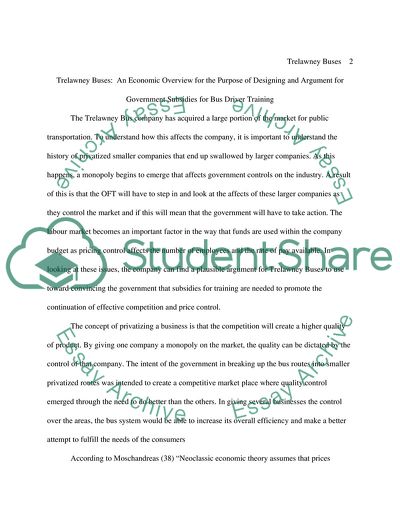Cite this document
(Trelawney Buses - an Economic Overview for the Purpose of Designing an Case Study, n.d.)
Trelawney Buses - an Economic Overview for the Purpose of Designing an Case Study. Retrieved from https://studentshare.org/macro-microeconomics/1732830-economics-trelawney-buses
Trelawney Buses - an Economic Overview for the Purpose of Designing an Case Study. Retrieved from https://studentshare.org/macro-microeconomics/1732830-economics-trelawney-buses
(Trelawney Buses - an Economic Overview for the Purpose of Designing an Case Study)
Trelawney Buses - an Economic Overview for the Purpose of Designing an Case Study. https://studentshare.org/macro-microeconomics/1732830-economics-trelawney-buses.
Trelawney Buses - an Economic Overview for the Purpose of Designing an Case Study. https://studentshare.org/macro-microeconomics/1732830-economics-trelawney-buses.
“Trelawney Buses - an Economic Overview for the Purpose of Designing an Case Study”. https://studentshare.org/macro-microeconomics/1732830-economics-trelawney-buses.


